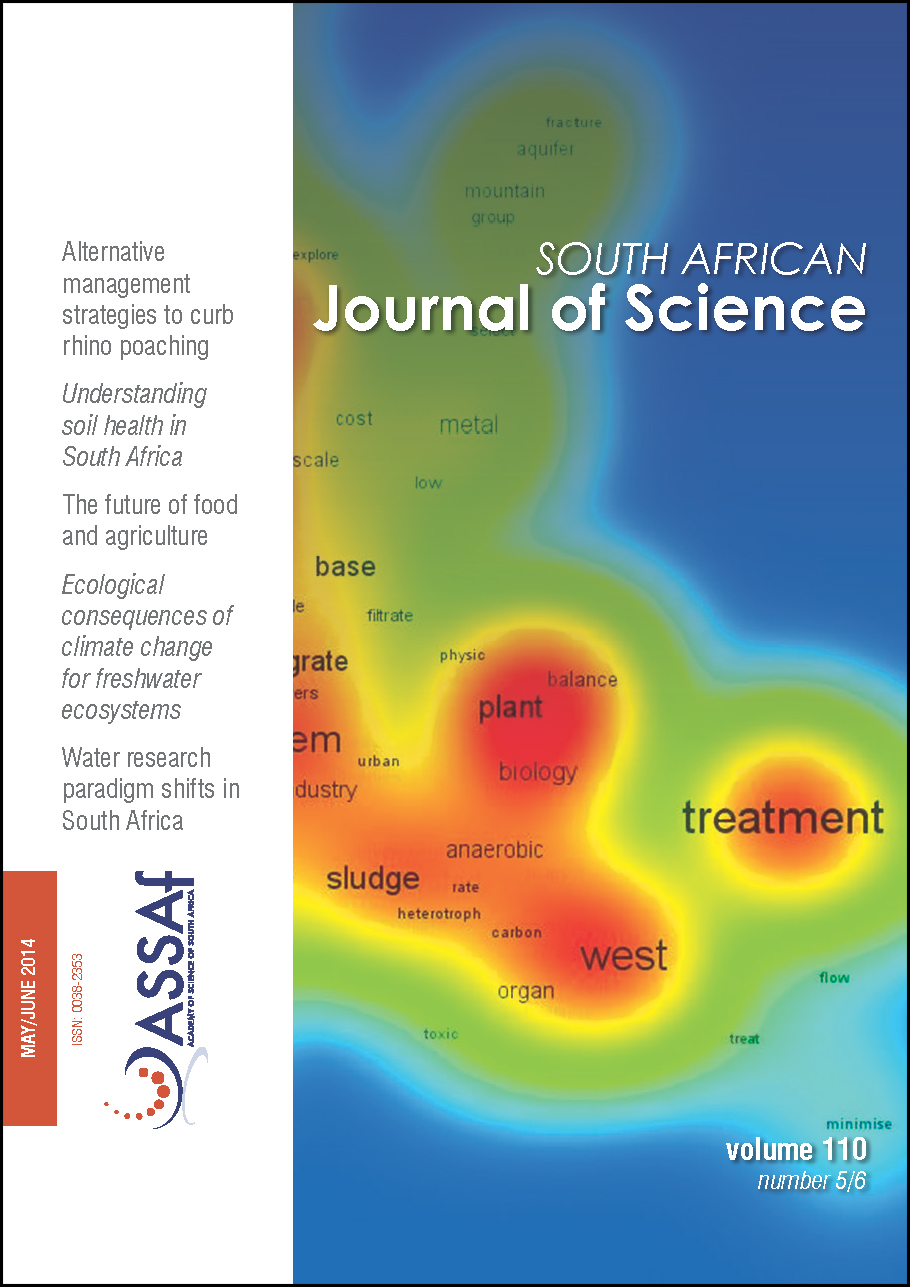Climate and the mfecane (with erratum)
DOI:
https://doi.org/10.1590/sajs.2014/20130239Keywords:
southern African drought, Natal history, coupled ocean–atmosphere model, tree-ring analysis, volcanismAbstract
The mfecane is thought to be a massive upheaval and devastation of Nguni tribal chiefdoms in the second decade of the 19th century in what is now KwaZulu-Natal and the Eastern Cape of South Africa. Other historians have challenged this extreme interpretation suggesting that the use of the term mfecane be discontinued. We show that pervasive cycles of drought and cold periods in southern Africa are significantly amplified and extended by volcanic eruptions and that, in particular, the eruption of Tambora in 1815 triggered a prolonged and extreme climatic event which bears all of the characteristics ascribed to the mfecane. These findings are supported by a coupled ocean–atmosphere numerical model and by tree-ring rainfall and sea surface temperature analyses, suggesting that the term mfecane is an appropriate description of a singular climatic event.
Additional Files
Published
Issue
Section
License

This work is licensed under a Creative Commons Attribution 4.0 International License.

All articles are published under a Creative Commons Attribution 4.0 International Licence
Copyright is retained by the authors. Readers are welcome to reproduce, share and adapt the content without permission provided the source is attributed.
Disclaimer: The publisher and editors accept no responsibility for statements made by the authors
How to Cite
- Abstract 887
- PDF 1021
- EPUB 223
- XML 265
- Erratum 146













.png)